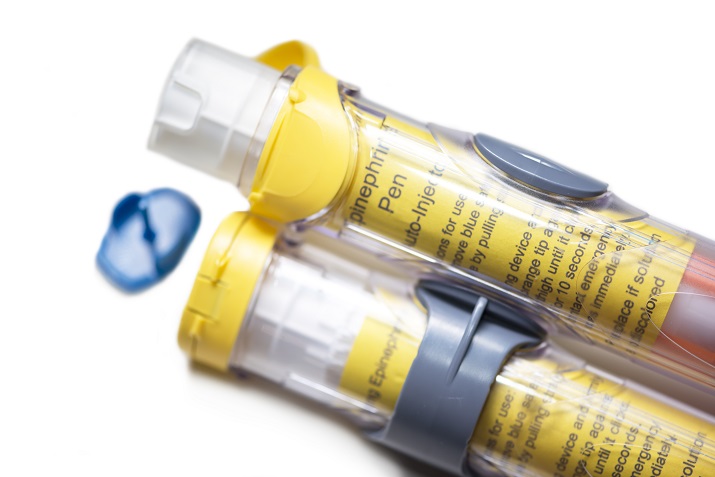
Australia is among the leading countries when it comes to allergy rates. Recent research shows that about one in ten infants in the country experience some kind of food allergy. Allergic reactions to foods are common and typically include eggs, nuts, seafood, cow’s milk, soy, and wheat. Additionally, allergic reactions (anaphylaxis) can occur as a result of insect stings or bites, drugs, and other allergens.
With all these food allergies being common, most physicians recommend carrying an epi-pen for use during an allergic reaction.
The epi-pen helps to deliver epinephrine to a person that is experiencing anaphylaxis quickly. Anaphylaxis is a life-threatening and severe allergic reaction. The epinephrine content in the epi-pen acts immediately to stop the allergic reaction.
Below are simple instructions on correctly using an epi-pen, along with tips on how to handle someone who experiences anaphylaxis.
How to Use an Epi-Pen
Here is a step-by-step guide needed to administer the EpiPen:
- Start by carefully opening the container and taking the EpiPen out
- and removing the safety cap
- Then tightly grip the EpiPen’s barrel with the tip pointing downward
- Pull off the blue safety release and prepare your upper thigh for injection
- With your leg still, push the EpiPen down hard until you hear a click
- Hold the EpiPen in place for at least ten seconds
- Finally, discard the used EpiPen and call emergency services
Anaphylaxis Symptoms
Anaphylaxis usually occurs rapidly, and the symptoms can quickly worsen and even become life-threatening if left untreated. If you think that someone is experiencing anaphylaxis, quickly administer the EpiPen before seeking emergency medical care.
Some anaphylaxis symptoms to watch out for:
- Itching
- Hives
- Pale skin
- Vomiting or nausea
- Hoarse voice or wheezing
- Throat, lips or face swelling
- Difficulty breathing
- Elevated heartbeat rate
- Feeling lightheaded or dizzy
- Abdominal pain
- Collapsing or fainting
Remember that a person doesn’t necessarily have to exhibit all the symptoms mentioned above, nor is this list exhaustive.
Safety Tips for EpiPen Users
Follow these simple safety tips to avoid anaphylactic reactions and also be better prepared if you ever experience one:
- Identify and avoid what triggers your allergies. Examples of allergy triggers are medications, foods like shellfish and peanuts, and also insect bites. Furthermore, you should know the anaphylaxis symptoms so that you can instantly administer the EpiPen.
- Ensure you always carry the EpiPen. Ideally, you should even have two EpiPens with you at all times. The extra dose could help if the first one did not alleviate the anaphylaxis symptoms or the symptoms reverse before the emergency help arrives.
- Regularly inspect your EpiPen. Take note of the date of expiration along with the epinephrine colour, which must always be clear. If the liquid seems discoloured or the EpiPen is near its expiry date, then you must replace it.
Recognising the signs and symptoms of anaphylaxis can help you to administer the EpiPen quickly. If you have a history of anaphylaxis and allergy triggers, make sure you let other people know. That way, they can also help you during an emergency. Remember to get medical care after experiencing an allergic reaction instead of waiting for the symptoms to subside. The effects of an epi-pen may wear off after 10 or 20 minutes.
